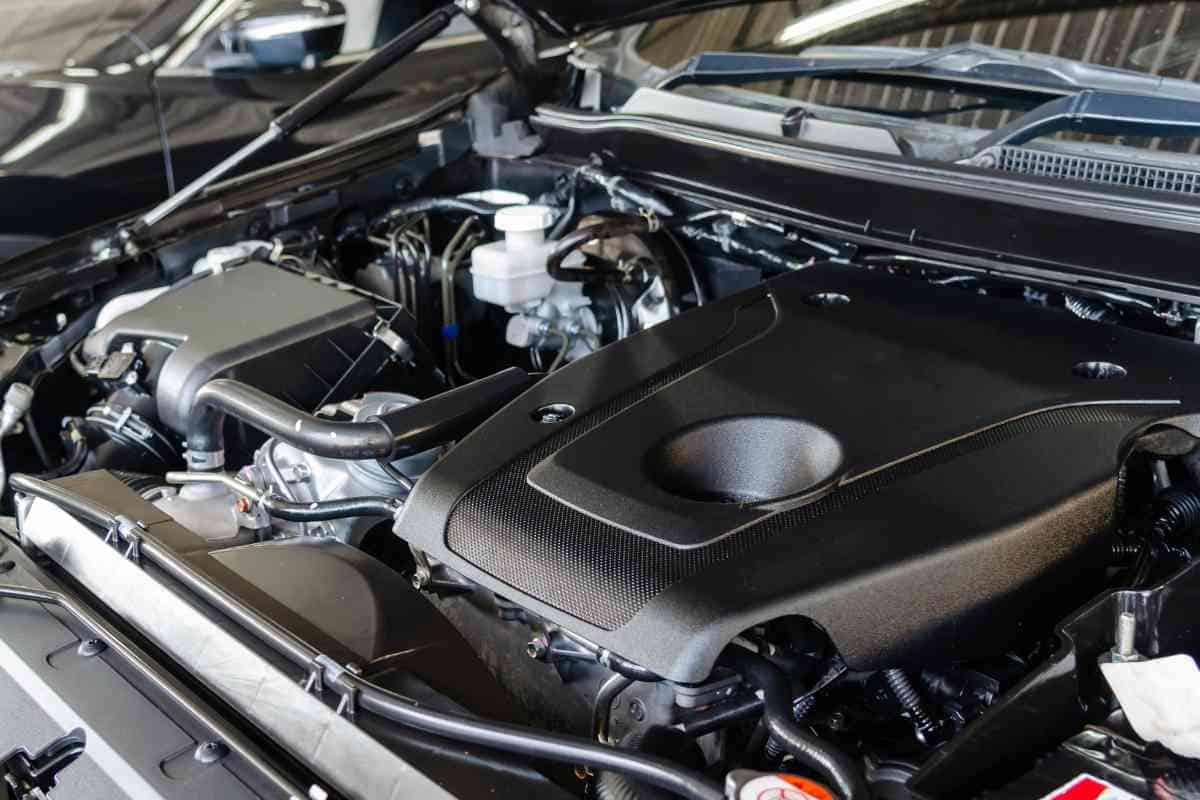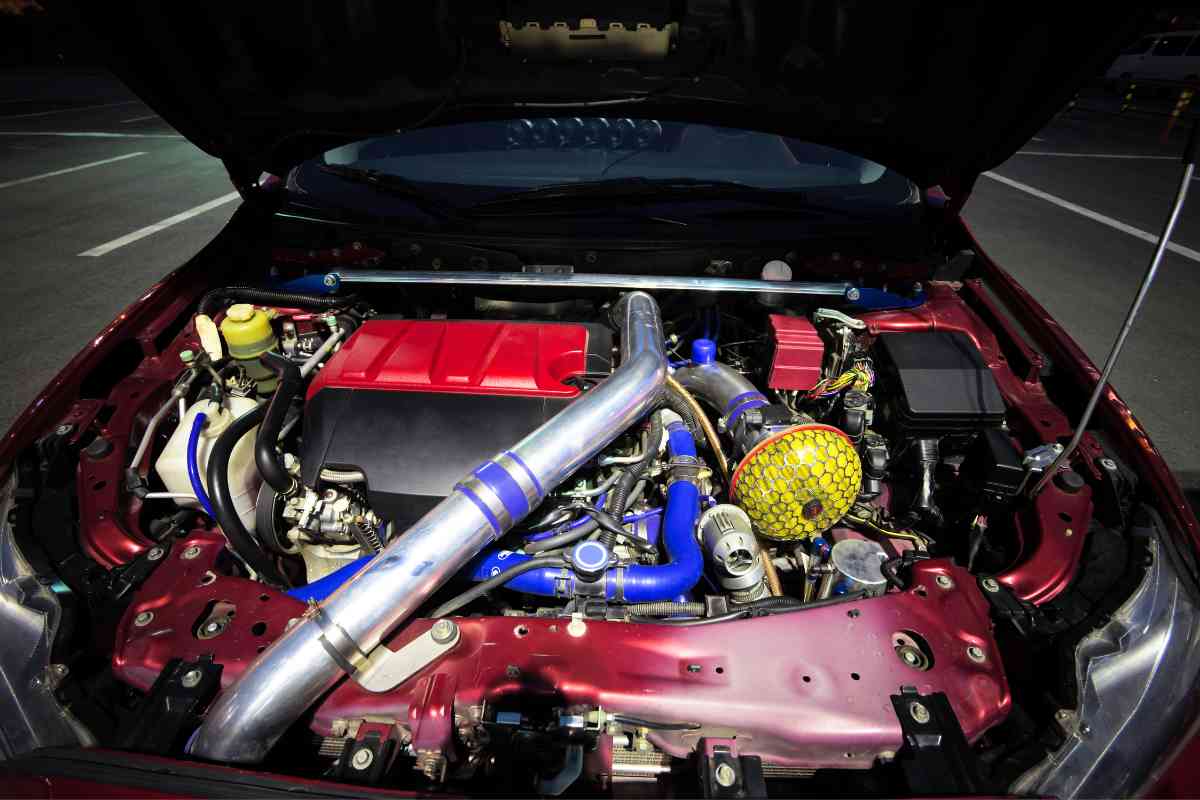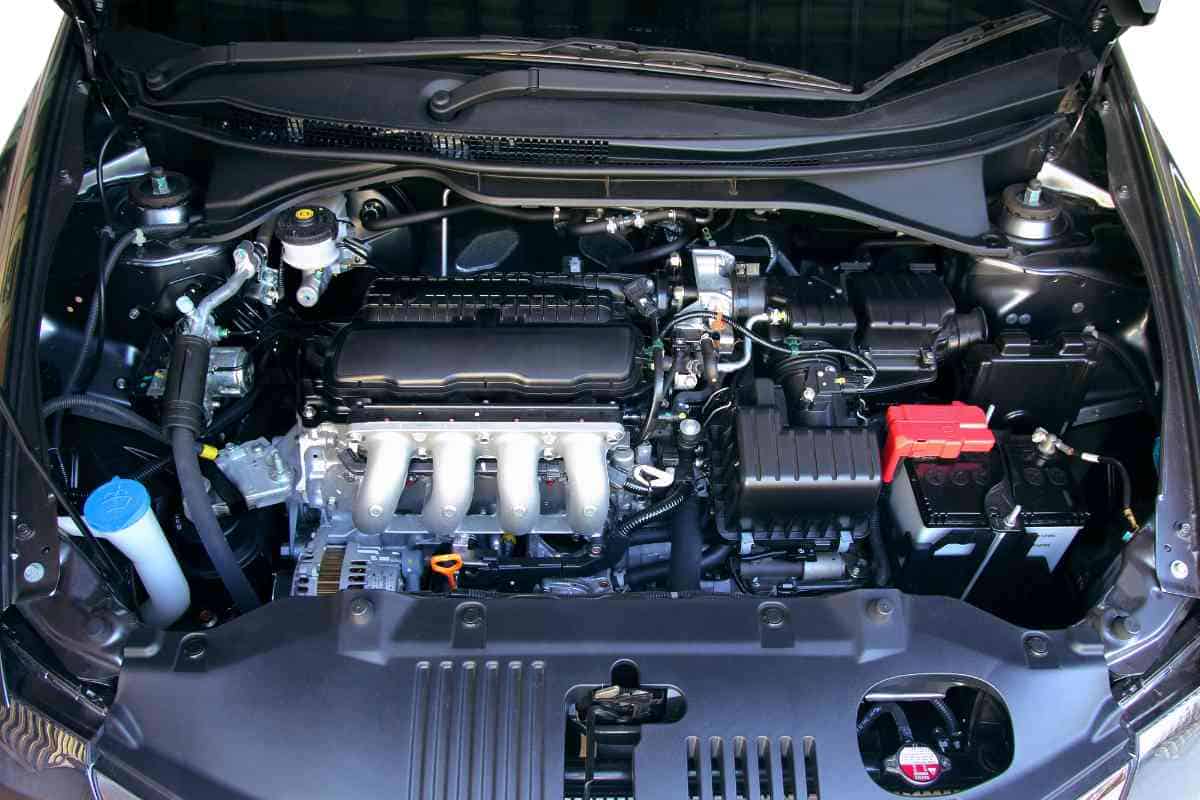6 Reasons Car Engines Are Smaller (And Why It’s A Good Thing)
Smaller cars are becoming quite popular with folks, especially in urban dwellings. A common observation is that car engines are becoming smaller as well.

Why are car engines getting smaller?
Smaller engines weigh less, are less expensive to manufacture, and are fuel-efficient. Many manufacturers are working towards making smaller car engines for several reasons. A smaller engine can still be powerful and achieve amazing horsepower.
We spoke to car manufacturers and expert mechanics about this observation. Many have been in the industry for decades and have witnessed the progression of car engines. The information below explains why car engines are shrinking in size.
What Does Car Engine Size Mean?
Have you ever wondered what ‘engine size’ means? Well, in simple terms, this is the volume of air and fuel. Car manufacturers use CC (Cubic Centimeters) to measure the engine size of any vehicle.
Each car engine’s specification is in a liter, so for a 1400CC engine, the description is 1.4 liter. Car engines vary when it comes to size and performance.
A while back, the bigger the engine, the better the performance. But all that has changed with the manufacturing smaller, more efficient ones.
There are three car engine sizes worth noting. These include:
Small Car Engines
These engines range from 1 to 1.9 liters. They are a favorite of many people since the engines are economical.
Small car engines consume less fuel and can still be powerful. While they may not produce massive power like large engines, these engines are still super efficient.
Large Car Engines
Engines whose size starts from 2 liters and above fall in the large category. These are powerful engines that need more fuel to run. The more fuel the engine burns, the more powerful it is and the higher the speed.
Turbocharged Car Engines

Lastly, there are turbocharged car engines. Such engines can be small but still as powerful as large units. They’re also fuel efficient and can reach maximum speed in seconds.
For example, manufacturers install a turbocharger that can cause a 2-liter engine to produce 242 horsepower.
6 Reasons Car Engines Are Smaller
1. Powerful Engine
In the old days, cars had huge engines. Back then, this was what was available, and the power from the engine wasn’t all that great.
However, advancements in the car manufacturing industry continue to emphasize power. It’s always been about how powerful an engine can be, no matter the vehicle.
Today, it makes sense that car engines are smaller and more powerful.
In the current economy, finding a smaller car that’s just as powerful yet fuel-efficient is a win. There’s also more focus on fuel efficiency, so folks are looking for eco-friendly cars to drive.
2. Engine Weighs Less
If you’ve ever seen a car engine from the 70s, the sheer size is something to behold. Back then, most engines were bulky and required lots of manpower or machinery to move around.
The beauty of modern car engines is that they are getting smaller and, in turn, weigh less. Weight doesn’t mean only factor in when moving the engine. It also impacts the car’s performance.
The horsepower of a car is greatly affected by its total weight. So, having a smaller engine in place makes it possible for the vehicle to perform better.
There’s also less weight on the car’s hood, which can weigh it down if the engine is too big.

3. Upgraded Technology
Many cars not only have smaller engines, but they also use computer systems. Computers have come a long way from the days one system would take up an entire room.
Nowadays, you can fit a computer in the palm of your hand.
The same progression of the size of the computer is evident when it comes to car engines. As technology becomes smaller and more efficient, so does machinery.
There’s better understanding and efficiency when it comes to machinery. Not only do they become smaller, but perform much better.
4. Cheaper to Make
It doesn’t make too many materials to make a smaller car engine. This is why it makes more sense for the car manufacturing industry.
In a bid to cut costs, coming up with a better-functioning and smaller car engine design makes sense.
There are fewer materials like metal that manufacturers have to use. While some small objects cost a fortune, smaller engines are less expensive.
The entire process of fabricating the engine becomes easier and takes less time. The less it costs to manufacture the car engine, the fewer car owners have to pay.
Small car engines are not only cheaper to make, but they also cost less to insure. Car insurers consider the engine size when calculating the insurance premium a car owner will pay for their vehicle.
5. Improved Fuel Efficiency
Smaller car engines are proving to be much more fuel efficient. Currently, having a fuel-efficient car is great since fuel prices are skyrocketing.
Plus, the more efficient your vehicle, the less fuel you need to move from point A to B.
Another reason why fuel economy is important is protecting the environment. Fuel-efficient vehicles produce fewer greenhouse gases that affect the environment.
Climate change continues to be a huge issue, and the need for fuel-efficient machinery is ever greater.
6. Demand for Smaller Vehicles
In large open countryside spaces, large vehicles with big car engines can function well. But, in ever smaller urban areas, this can become quite strenuous.
As a result, there’s demand for smaller vehicles that move easier on busy streets.
Smaller vehicles require small engines to run effectively and efficiently. Most of the population in urban dwellings prefers smaller vehicles to huge machines.
How Does Engine Size Affect Vehicle Performance?
In the old days, large car engines were necessary for better performance and higher speeds. Cars with large engines could burn more fuel and attain maximum power on the road.
However, times have changed. Nowadays, smaller turbocharged engines are just as powerful and efficient.
And they weigh less and fit into smaller vehicles. Perhaps power delivery is the main difference between smaller turbocharged engines and large ones.
Key Takeaways
- In the beginning, engine sizes were massive.
- Smaller car engines are fuel efficient and eco-friendly.
- Cars with smaller engines cost less.
- Small vehicle engines weigh less and are easier to manufacture.
